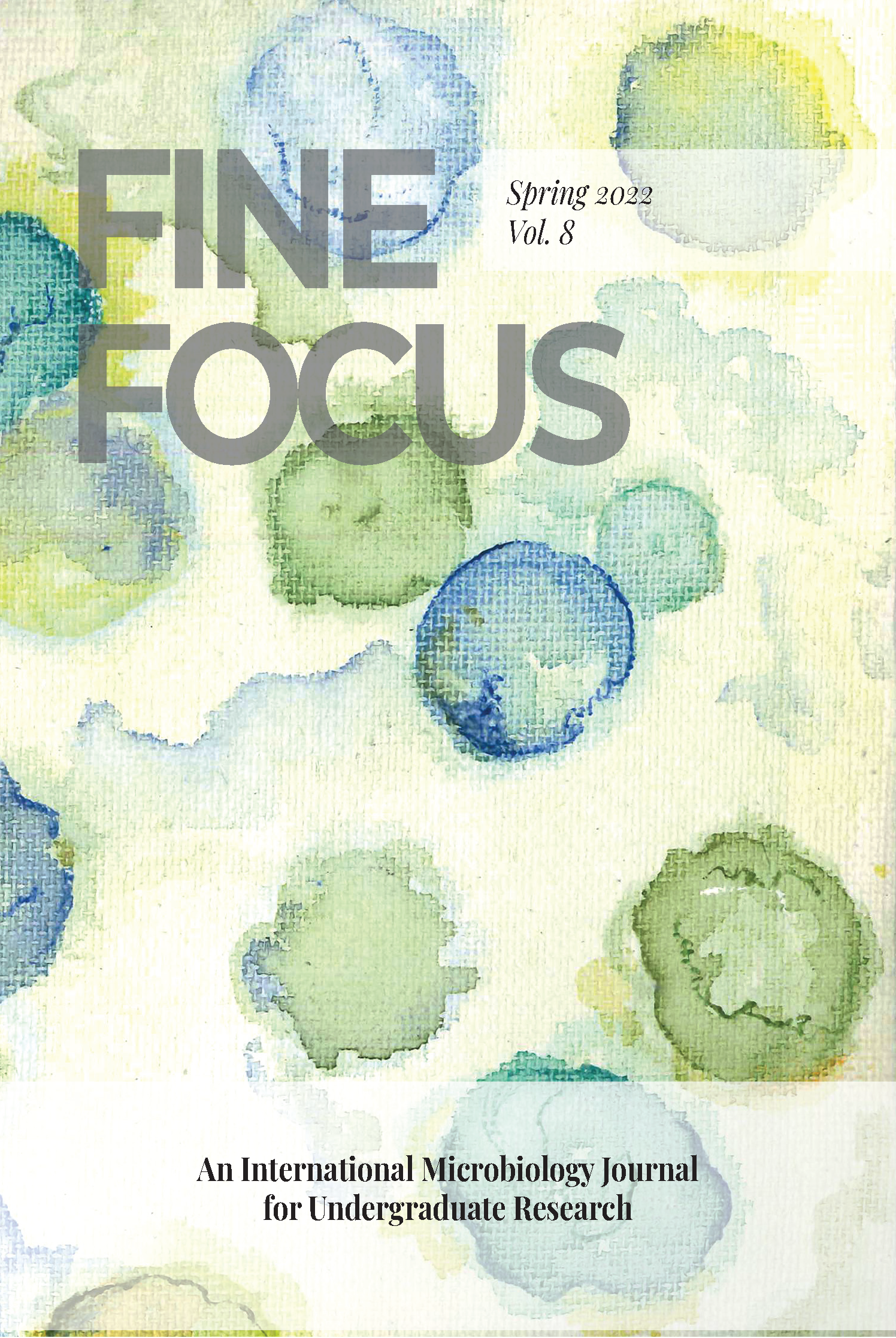Oxidative Stress Response in Bacteria: A Review
DOI:
https://doi.org/10.33043/FF.8.1.36-46Keywords:
Oxidative Stress Response, Bacteria, Reactive Oxygen SpeciesAbstract
Oxidative Stress Response (OSR) is a defense mechanism used to maintain cellular homeostasis after an increase in levels of Reactive Oxygen Species (ROS). Due to ROS, cell components are vulnerable to damage including the membrane and DNA - which can impact essential functions and lead to cellular death. Without repair, damages caused by ROS have the potential to disrupt cell function in an irreparable manner. Bacterial cells respond to ROS using both endogenous and exogenous pathways depending on their method of metabolism and evolutionary ability. Bacteria have developed regulatory mechanisms to contain damage and are also known to use antioxidants as defense. In this review we will cover the damage induced by ROS to different cellular structures, and mechanisms of OSR used by bacterial cells to promote survival.
Downloads
Downloads
Published
How to Cite
Issue
Section
License
Copyright (c) 2022 Sydney Rose Addorisio, Rebecca M. Shteynberg, Matheus S. Dasilva, Jacob M. Mixon, Kyla Mucciarone, Lily Vu, Kristina L. Arsenault, Vanessa Briand, Sarah Parker, Savannah L. Smith, Claudia E. Vise, Cara Pina, Laura T. Laranjo

This work is licensed under a Creative Commons Attribution-NonCommercial-NoDerivatives 4.0 International License.
By submitting to Fine Focus, the author(s) agree to the terms of the Author Agreement. Beginning in Fall 2018, all authors retain copyrights associated with their article contributions and agree to make such contributions available under a Creative Commons Attribution-NonCommercial 4.0 International license upon publication in Fine Focus. Copyrights to articles published prior to Fall 2018 have been transferred from the authors to Fine Focus.



